Building your professional makeup kit? Renowned MUA, Charlotte Ravet, reveals 8 items you can skip completely!
Charlotte is the proud owner of her very own hair and makeup business, A Date With Charlotte. From bridal, to editorial, to film and television, and everything in-between – Charlotte’s extensive makeup training allows her to provide a wide variety of services that cater to ALL types of clientele!
Her extensive resume includes working for Prada, L’Oreal, and even the cast of the hit show, Glee! A developer of educational programs, Charlotte has even been awarded Best Makeup Educator of the Year by the Australian Industry Makeup Awards.
What You Want vs. What You Need
As makeup artists, we’re constantly looking for the right products for our professional makeup kit. When a new product launches, we always want to try it! But after a few years, I realized that many of my investments weren’t actually necessary.
For starters, it was taking me a lot of time to actually organize everything. Not to mention, we have to carry our kits wherever we go. The more products I bought, the less likely I’d be to transport all of these products to every job. However, there was one factor that was even more important: all of these products were costing me a lot of money!
It was time to rethink my strategy. So, I decided to downsize my professional makeup kit.
My Top Tip for Building Your Professional Makeup Kit
Over the years, I’ve followed a ton of makeup accounts and Facebook groups that offer awesome advice for organizing your kit. One such example is The Artist’s Arsenal. If you’re ever looking for tips and tricks, a little internet research never hurts!
Personally, the #1 piece of advice I often give to my students is to build your professional makeup kit according to the type of work you do – not according to what will gain you “Insta fame”. Prepare your kit in advance and tailor it to that specific job you’re about to do. If you want to keep your makeup kit uncluttered and organized, I also recommend focusing solely on the products you absolutely NEED to have.
Yes, this means that there are certain products you can avoid purchasing altogether! What are these products, you might be thinking? Here are 8 that I feel aren’t necessary…
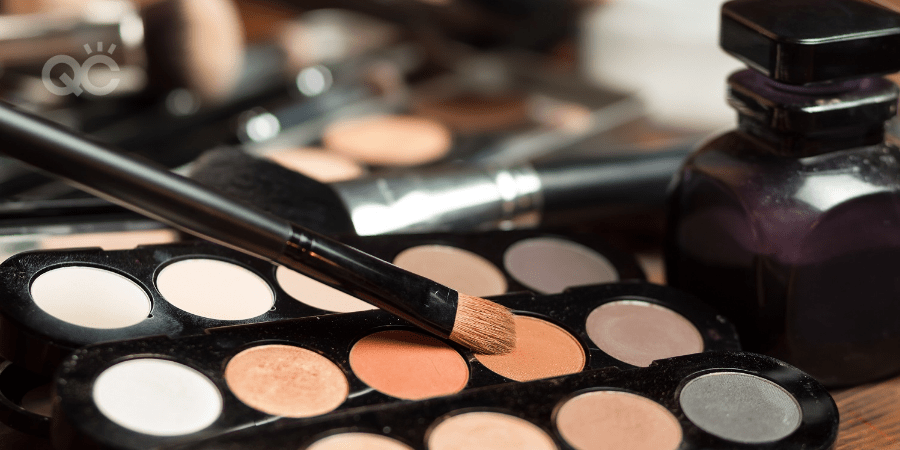
8 Products You DON’T Need in Your Professional Makeup Kit
1 – Too many eyeshadow palettes
Look, I get it: it’s very tempting to buy every new eyeshadow palette that hits the market. After all, eyeshadow is one of the products that appeals to us most. It’s so satisfying to look at color combinations and imagine the makeup looks we can create with them.
But realistically, your professional makeup kit doesn’t need to be swimming with palettes. The fact is, you probably have very similar shades in your kit already. Remember: too many palettes can quickly become heavy and take a bunch of unnecessary space!
Personally, I have 3 large magnetic eyeshadow palettes: one with bright colors one, one with neutrals, and one with metallic colors. In my experience, I’ve found that this is more than enough! If I need colors that are not included in my palettes, I can create them by mixing the colors I do have.
Carrying around fewer eyeshadow palettes makes each job a lot easier and better organized. I also keep my metallics and mattes separate. This way, I can avoid having shimmer in my matte shades (as this can be an issue for film and TV makeup).
2 – Mineral foundations
You will almost never use mineral foundation for professional makeup applications. Yes, it can be a great, fun product for personal, everyday use. But mineral foundation doesn’t offer the right coverage. Moreover, its longevity is often not strong enough for the purpose of professional makeup applications.
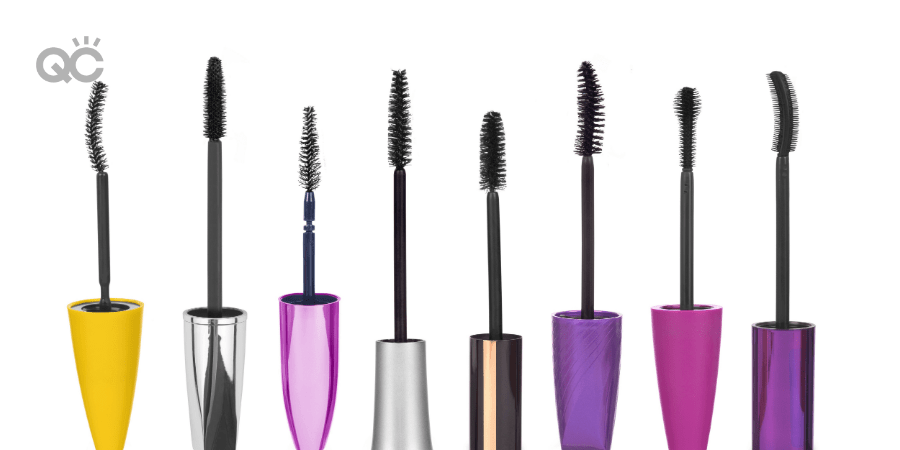
3 – Mascaras with a fancy brush
For hygiene reasons, you absolutely CANNOT use any mascara wands directly on the eyes of your client. So, there’s no need to buy expensive mascaras with fancy applicators. When working on clients, you will strictly use disposable applicators or a little fan brush.
4 – Glass bottle packaging
I definitely recommend decanting your liquid foundations and creams into smaller containers. Similarly, you should also depot any powdered products in a similar fashion. The one thing to remember is that you shouldn’t transfer your products into glass containers. They’re clunky and when added up, can become a bit heavy in your kit.
Small, airless, plastic bottles (capable of holding up to 10 mL) are typically the types of packaging most recommended. You can easily find and purchase them online. These small bottles can hold a surprisingly large amount of product. Plus, they’re very convenient and light to carry.
Simply use a label maker to label your products accordingly. This will allow you to easily find them within your professional makeup kit. If you want to decant your lipsticks, your best bet would be to transfer them into clear, plastic palettes.
5 – Tinted moisturizers and cushion foundations
For the same reasons I listed above in #2, you would not use these products in your professional makeup kit.
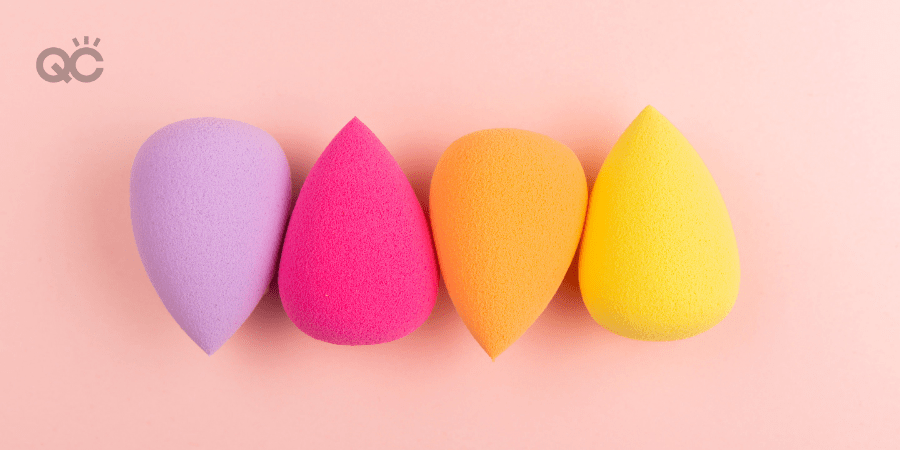
6 – Blending sponges
Here’s an exception: blending sponges can be a worthwhile investment only so long as you’re buying them in bulk – and at a good price.
That being said, blending sponges come with their own hygiene and safety concerns as well. This is especially the case if you’re using them on clients. Sponges should have a unique usage, so you’ll only be able to use them on one client at a time – and that’s it.
As you can imagine, this can quickly become super expensive! If you’re adamant about using sponges, stick to latex ones. Buy them in bulk and search around for a good bargain. Single use latex sponges are usually the makeup artist’s choice.
7 – Expensive skincare products with active ingredients
A common misconception is that you need to have expensive skincare products as part of your professional makeup kit. I can see why you’d think this way. After all, when applying makeup, skin prep is critical! It’s the key to ensuring a long-lasting application, as well as radiant skin.
Here’s the thing, though… Hydrating oils, serums, and creams should definitely be part of your kit. But you don’t actually need to go further than this. This is because we often apply makeup for one-wear instances. However, most of the active ingredients within high-quality skincare products are not effective unless used continuously.
If your client has skin issues, this is where proper skincare training and a certification will come especially handy! Not only will you be able to take care of their immediate goals; you can also assess their skin and recommend a long-term skincare routine that’ll benefit them well after their appointment!
Pro Tip: Always avoid products that contain perfumes and/or have zero active ingredients. This will help limit the risk of allergies and adverse reactions!
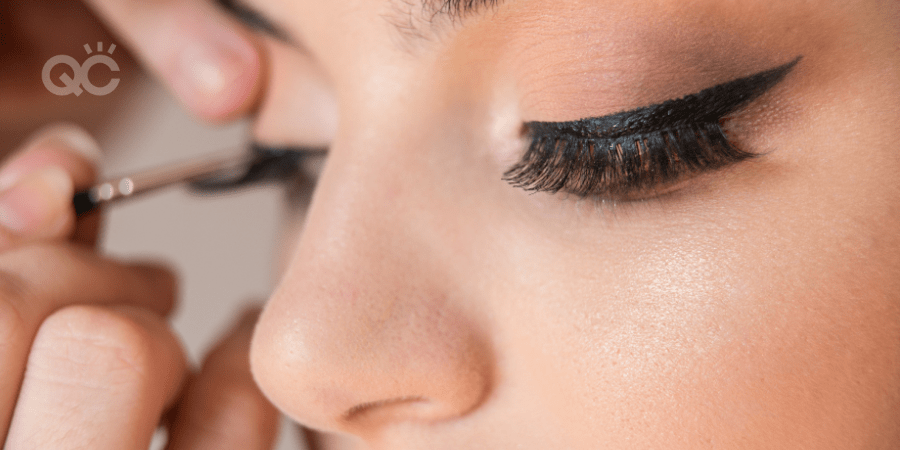
8 – Liquid eyeliner
Generally speaking, this is a product that can be difficult to use on individuals. Liquid eyeliner is also considered unhygienic for professional use. After all, using the same brush on different clients – especially so close to the eyes – is strongly recommended against!
Now, liquid eyeliner can be acceptable for creative applications. For instance, you could use this product on ONE specific client during that one job. I did this for some of my own creative shoots. Personally, I absolutely love the vinyl finish of liquid eyeliner.
However, I’ve also discovered that eyeliner is best applied on clients when using a tiny wheel as the applicator. This will give you a perfect, straight line. Plus, it’s fantastic for photoshoot applications especially!
Building Your Professional Makeup Kit: My Last Piece of Advice
When building your professional makeup kit, here’s one final thing to keep in mind: limit yourself to the essentials for each category. For example, you don’t need a lot of different creams! A lightweight, rich moisturizer is often enough.
The more products you add to your kit, the harder it’ll become to find the products you need during the job. In fact, after a few years, you’ll likely start noticing certain products that you never use at all. Sometimes, you’ll have to throw away barely-touched products because they’ve exceeded their expiry date. This can be pretty frustrating – but it’s also a good learning experience.
As you begin building your makeup kit, remember: your kit will be unique to YOUR business. It might not look like any other MUA’s kit out there, but this is okay! This is what makes us all unique: our technique, the products we use, and our love of the craft!
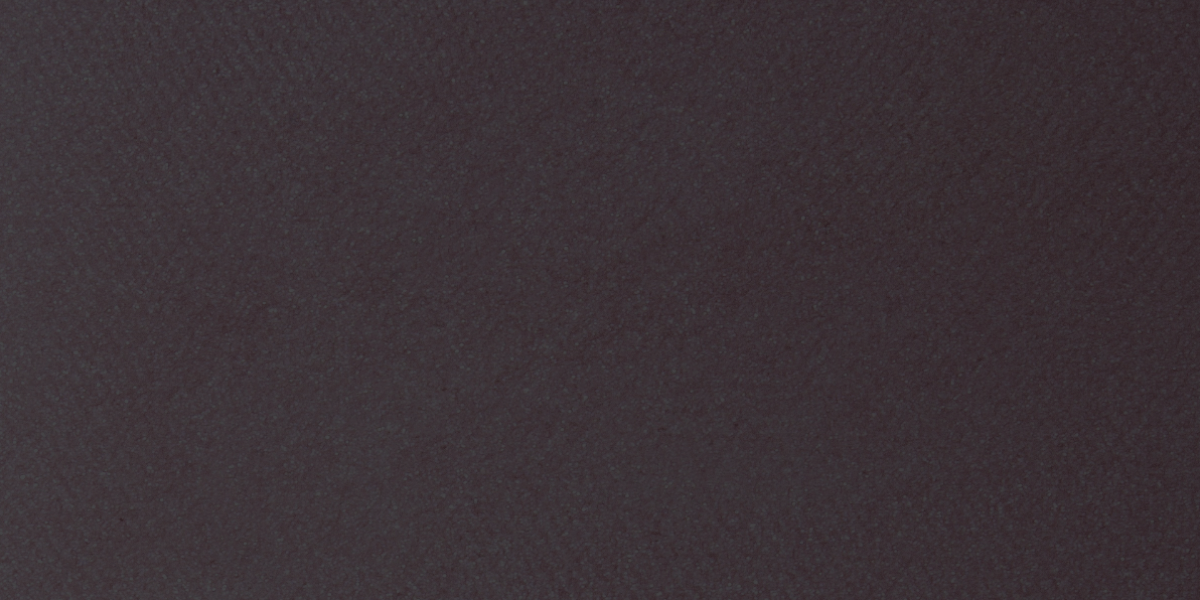
Love this blog! So informative for anyone not sure on what to carry and why. Perfect job xx